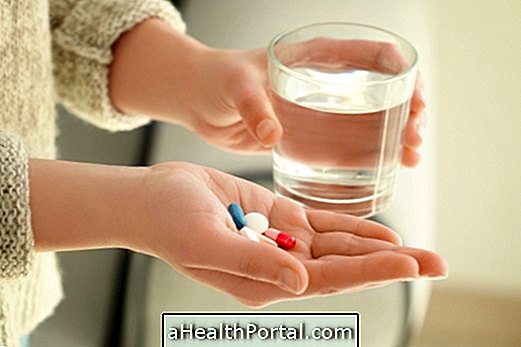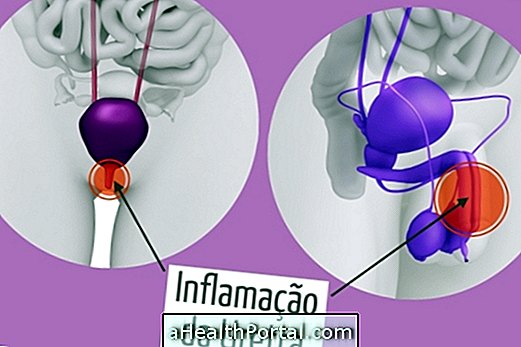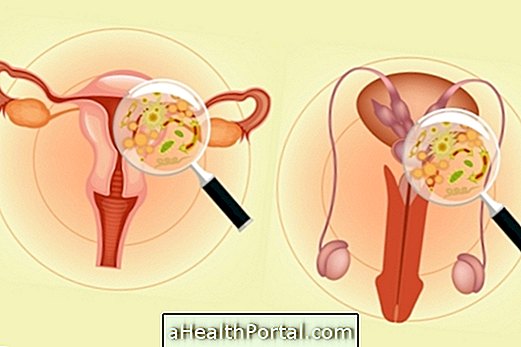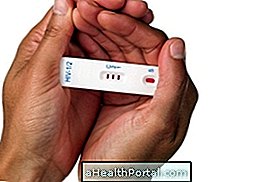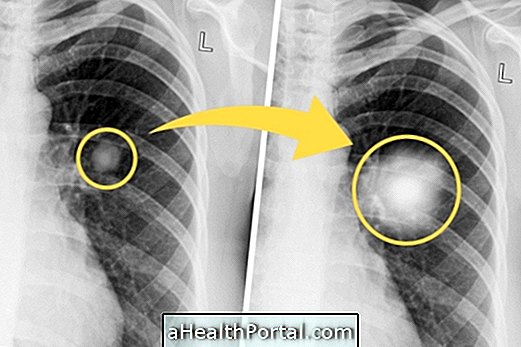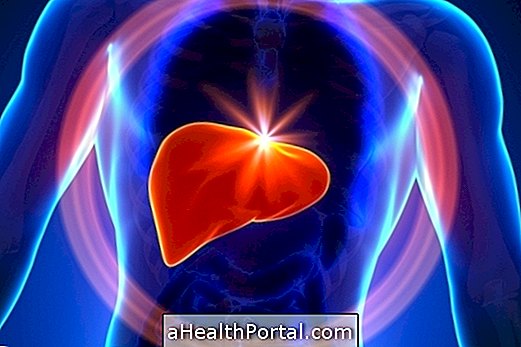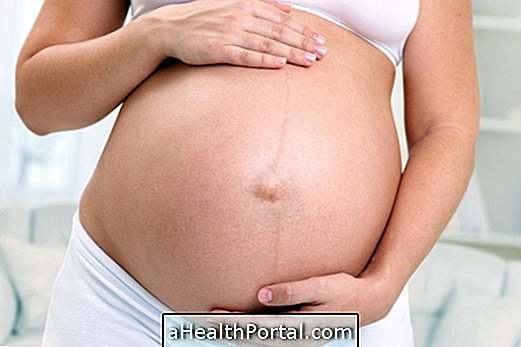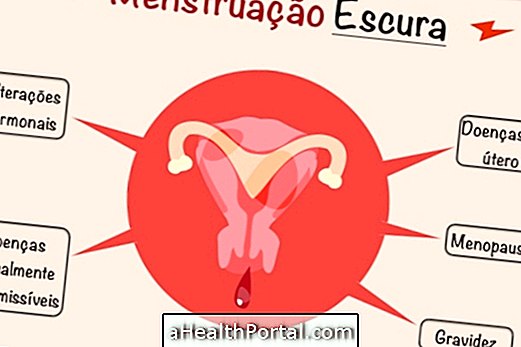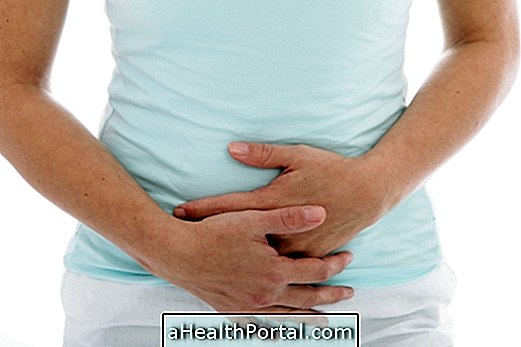Treatment for pelvic inflammatory disease, also known as PID, should be started as early as possible to prevent serious consequences in the woman's reproductive system, such as infertility or the possibility of having ectopic pregnancy due to the development of fallopian tube lesions.
Usually the treatment is done with antibiotics, but depending on the severity of the disease, it may be necessary to perform a surgical procedure to treat inflammation or drain abscesses, for example.
PID is an infection that begins in the vagina or cervix and is more common in women who are sexually active or who have the intrauterine IUD device. Learn about the major causes and symptoms of pelvic inflammatory disease.
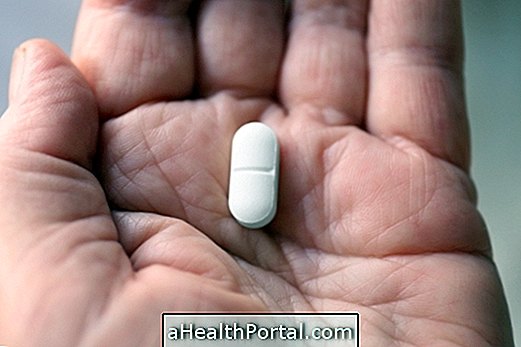
What are the most commonly used antibiotics
The treatment for acute pelvic inflammatory disease consists of the use of antibiotics, oral or in injection, for about 14 days or according to medical prescription. The main antibiotic recommended by the doctor is azithromycin, but some others that may be recommended include:
- Amoxicillin;
- Ceftriaxone;
- Doxycycline;
- Metronidazole;
- Levofloxacin;
- Gentamicin;
- Clindamycin.
During treatment it is important for the woman to be at rest, not to have intimate contact, to withdraw the IUD if she makes use and to take medicines to relieve pains like paracetamol or ibuprofen. In addition, the partner should also be treated, even if there are no symptoms, to avoid recontamination or manifestation of the disease.
After 72 hours of initiation of antibiotic treatment, the woman should be reassessed by the gynecologist to see if the treatment chosen had good results. If there is no improvement in symptoms, hospitalization may be required to have a vein treatment.
If the disease worsens and there is a possibility of ruptured abscesses in the tubes, surgical intervention may be necessary to cleanse and drain abscesses.
Possible Complications of DIP
When treatment for pelvic inflammatory disease is not started quickly the disease can develop and cause various types of scarring in the female reproductive tract, resulting in several complications such as:
- Ectopic pregnancy : it happens because the presence of scars in the tubes can prevent the exit of the ovum to the uterus, which ends up being fertilized by the spermatozoon, generating a pregnancy in the tubes;
- I nfertility : Depending on where DIP scars develop, a woman may have infertility;
- Ovarian abscesses : Scars can result in the accumulation of pus, which causes abscesses to develop in the reproductive tract. These abscesses may end up opening and causing widespread bleeding or infection.
In addition, women with pelvic inflammatory disease, who are not doing any type of treatment also presents chronic pelvic pain, which ultimately decreases the quality of life.
Signs of improvement
Signs of improvement in pelvic inflammatory disease usually come a few days after the start of treatment and are related to decreased pelvic pain, regulation of menstrual losses, and relieving fever, if any.
In cases where the woman had no symptoms, signs of improvement may be observed by the gynecologist through examinations such as ultrasound or laparoscopy.
Signs of worsening
Symptoms of worsening of PID usually occur when treatment is not started on time and therefore scars appear on the reproductive tract which may end up causing bleeding out of the menstrual period, fever and even increased pelvic discomfort, pain to urinate and during the intimate contact.
